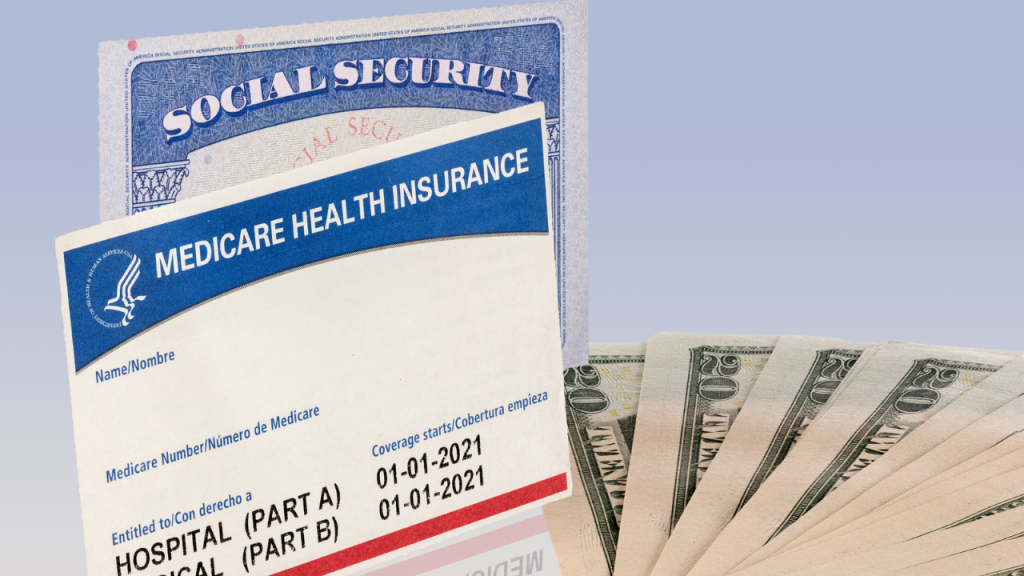
Medicare is a government-run health insurance program in the United States, primarily designed for individuals aged 65 and older, as well as certain people with disabilities.
One of the key elements that beneficiaries need to understand is the concept of the deductible—the amount they must pay out-of-pocket before Medicare coverage begins. This deductible can vary depending on the specific Medicare plan, making it important to be familiar with the distinctions.
Medicare Part A, which covers hospital stays, typically comes with a higher deductible. This can result in significant costs, especially if a beneficiary faces an extended hospitalization.
In contrast, Medicare Part B, which covers outpatient care such as doctor visits and medical services, has a lower deductible. However, Part B also requires a monthly premium, which should be factored into overall healthcare budgeting.
The Medicare deductible is applied on an annual basis, meaning beneficiaries need to meet it every year before Medicare starts covering eligible services. For Part A, this annual reset can be particularly challenging if a person requires multiple hospital admissions within the same year. Being aware of this reset is important for effective financial planning and avoiding unexpected expenses.
Even after meeting the deductible, beneficiaries are not off the hook entirely. They are still responsible for coinsurance, a shared cost arrangement where the individual pays a percentage of the remaining charges.

This cost-sharing approach ensures that both Medicare and the beneficiary contribute to the healthcare expenses. Individuals must recognize that out-of-pocket responsibilities continue beyond the deductible.
Additionally, beneficiaries may face copayments, which are fixed fees for certain services like doctor visits or prescription medications. Understanding these added costs is essential for creating a realistic and manageable healthcare budget.
While Medicare offers broad coverage, these personal expenses can add up and should not be overlooked.
To effectively manage healthcare costs under Medicare, it’s important to fully understand how deductibles, coinsurance, and copayments work. Beneficiaries should review their coverage annually and take into account any changes in their health or finances.
Staying informed and proactive helps avoid financial surprises and ensures their healthcare needs are met without unnecessary financial strain.
For more personalized guidance, beneficiaries are encouraged to consult Medicare resources or speak with a financial advisor. Gaining a clear understanding of their plan can help them make informed choices and navigate Medicare with confidence.
